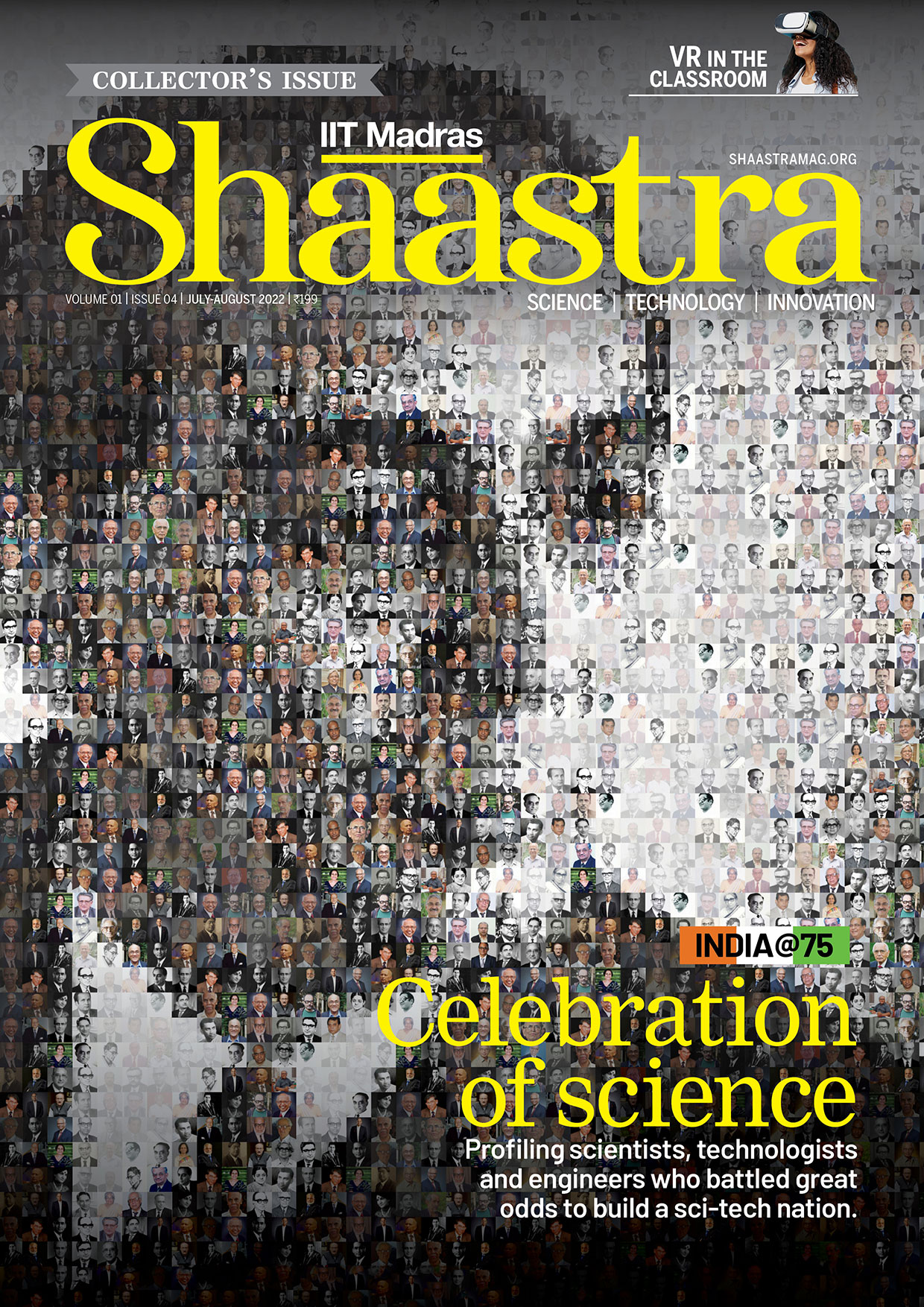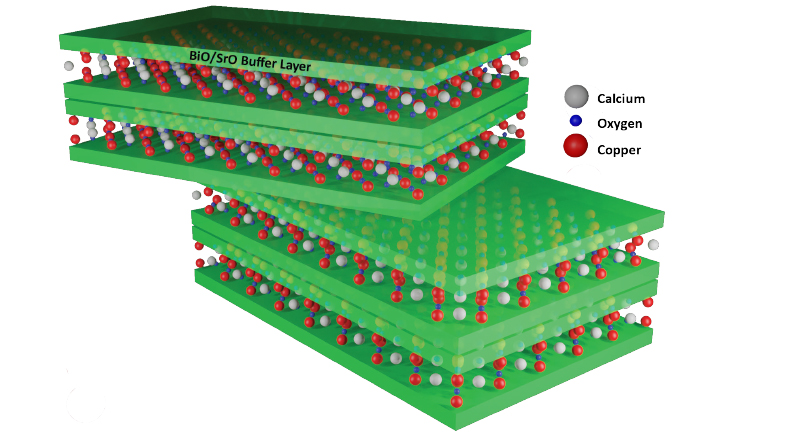New light on the universe's past
-
- from Shaastra :: vol 04 issue 04 :: May 2025

Harnessing the James Webb telescope, astronomers have captured images that may give reason to rethink the universe's past.
Astrophysicist Joris Witstok and his team members at the University of Cambridge were training their sights on some of the oldest galaxies in the universe. Their aim was to find and image ancient galaxies and to study the spectrum of the light they emitted using the James Webb Space Telescope. Their findings yielded twin surprises that are momentous enough to rewrite current beliefs about the evolution of the universe – and, in particular, a stage in its evolution known as the Epoch of Reionization.
Trained to study galaxy formation in the early universe and the first stars and galaxies, Witstok joined the JADES (JWST Advanced Deep Extragalactic Survey) programme, an international collaboration across Europe, the U.S. and other countries, as a postdoc. JADES had two working groups that studied different parts of the sky simultaneously, which effectively doubled the 100 hours of uptime they had been allotted.
During every observation, they came up with several hundred spectra of galaxies. "In all, we've observed about 4,000 galaxy spectra," says Witstok, now a postdoc with the Cosmic Dawn Center, Niels Bohr Institute, University of Copenhagen. His first role was to assess the red-shift of the spectra that were observed. When light travels long distances, its wavelength gets stretched due to the expansion of the universe, so that its colour shifts towards the longer-wavelength, red end of the spectrum. The extent of this phenomenon, known as red-shift, helps astronomers gauge how far the light comes from. The larger the red-shift, the farther the light has travelled, and therefore, the more the time it has taken to reach.
When the group took the images, it was very clear that one galaxy stood out as a candidate for being one of the most distant, early galaxies, with a red-shift of 13. "In that sense it was promising," says Witstok. "But we had to be sure. We had to look at the spectrum."
The spectrum confirmed that this was indeed one of the most distant galaxies; they estimated that the light had originated nearly 330 million years after the Big Bang.
The Big Bang theory, as it is known, specifies that after an extremely short period known as cosmic inflation, the universe underwent a Big Bang and then started expanding. As it evolved, it underwent a dark spell, followed by release of the first light – the cosmic microwave background – which rendered the universe transparent. But this did not last forever, as it clouded over again for the duration of the so-called Dark Ages. After the Dark Ages came the Epoch of Reionization, when, finally liberated from the enshrouding gloom, starlight from the early galaxies burst forth to light up the universe.
So far, it has been believed that the Epoch of Reionization started some 600 million years after the Big Bang. But here was this galaxy, shining like a beacon from nearly 300 million years earlier. Could it signify that the Epoch of Reionization started much earlier than previously believed?
Another strange feature was also observed. "There was one specific colour of light that was incredibly bright. We didn't expect to see this," says Witstok. When they analysed this spectrum of the distant galaxy, they found that the light was emanating from an unexpectedly bright source from within the galaxy.
This could be either a very massive star or a black hole. Both options would be very strange according to known theories, given the early time the light is coming from. The astronomers infer that this source must be surrounded by a bubble, a large one, of ionised gases that allow this light to pass.
Kartick Sarkar, an astronomer with the Raman Research Institute, Bengaluru, likens this to a very large room with a few candles. There will be a bubble of light around each candle, but as the number of candles increases, the individual bubbles of light will overlap and the room will become filled with light. "The idea is to find the first candles – the first galaxies; this is the first galaxy that they have detected, with a bubble of ionised medium around it."
PAST ISSUES - Free to Read


Have a
story idea?
Tell us.
Do you have a recent research paper or an idea for a science/technology-themed article that you'd like to tell us about?
GET IN TOUCH














